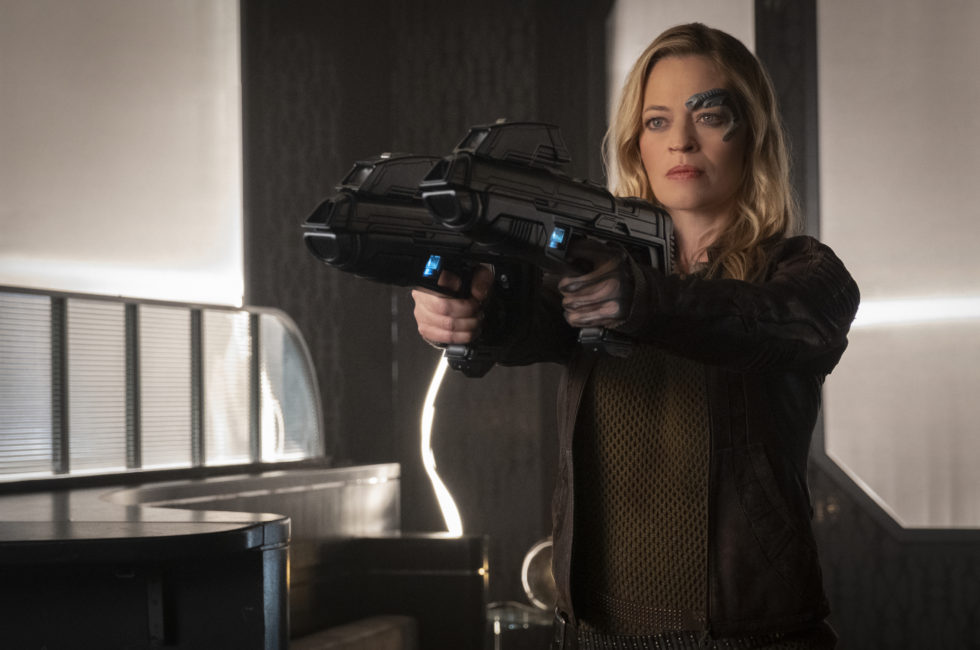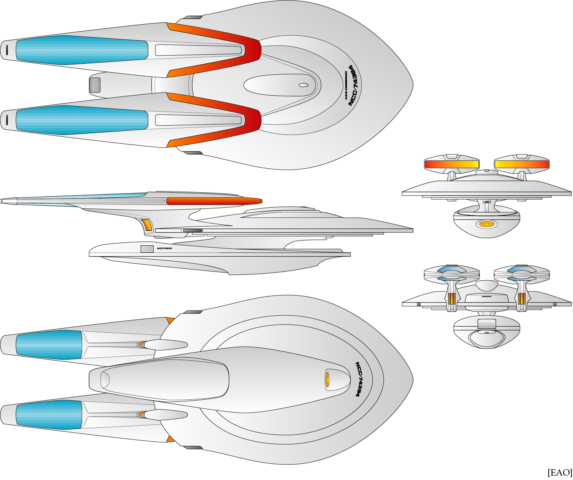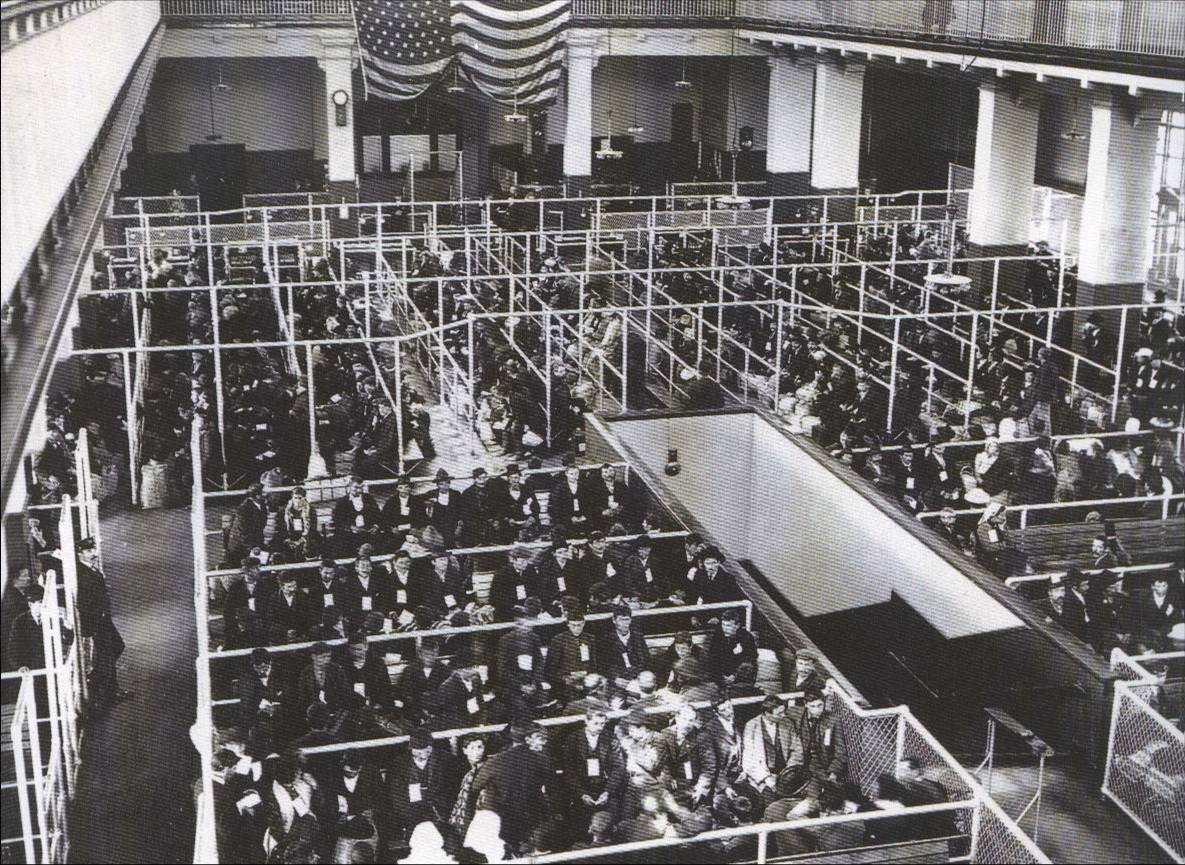The one that walked away from drama
Star Trek: Strange New Worlds earned itself a lot of goodwill by presenting a show that passably resembles Star Trek after what felt like the aggressive shock therapy of Star Trek: Discovery and Picard. I’m especially gratified that the show came most of the way back to the concept-driven episodic format that used to define the franchise, but has practically vanished in the serialized era of modern binge TV.
Really, it’s such a rarity that I can’t help feeling like the writers don’t quite know how to do it anymore.
“Lift Us Where Suffering Cannot Reach” adds another layer of throwback into the show, being a pretty straightforward adaptation of Ursula K. le Guin’s short story, “The Ones Who Walk Away From Omelas.”
On a technical level, it’s a clever adaptation. The Enterprise stumbles into the drama when they supposedly thwart the kidnapping of a young child, only to discover too late that the child is actually being sacrificed to a life of perpetual torment and the kidnappers were conspiring with the boy’s father in order to save him. The boy befriends the Enterprise crew, and to add even more personal drama, the leader of the idyllic civilization that intends to sacrifice the kid also happens to be an old paramour of Captain Pike. They even do a decent job of selling the idea that the happiness of an entire civilization could rest on the perpetual torture of an innocent child, an idea that le Guin never tried to explain in the original.
It’s a solid foundation for what could have been one of Star Trek’s most memorable episodes in decades. But then it blinks. The episode hides the truth of what’s happening from both the Enterprise crew and the viewer until it’s too late to do anything about it.
What’s particularly frustrating is just how far out of its way the episode goes to avoid revealing what’s truly at stake. This doesn’t just strain the plot logic—we’re told that everyone acknowledges the terrible price the child will have to pay, and it’s even a source of some civil unrest, and yet nobody tells the Enterprise crew about it—but it undermines the episode’s dramatic arc. It seems designed so that the crew can comfortably take both sides of the dilemma—first unwittingly enabling the torture of the child, and then condemning it once it’s conveniently too late for them to stop it.
It’s so easy to imagine the plot going another way. For instance, the boy’s father could easily have told Pike everything after being brought aboard the Enterprise and requested asylum on behalf of his son. Pike would then have had an actual decision to make—save the child and doom the planet, or the reverse.
It’s especially easy because, there’s another time when Star Trek did just that.
“Justice,” in the first season of Star Trek: The Next Generation, featured a seemingly utopian society that is upheld by a draconian set of randomly enforced laws. After Wesley Crusher gets the death penalty for trampling some flowers, Captain Picard has to decide whether to break the planet’s customs or to sacrifice his best friend’s son.
It’s not a particularly good episode. Strange New Worlds does a much better job of realizing the impossible choice at the heart of le Guin’s original story. But TNG at least forced Picard to actually make the choice, while SNW goes out of its way to prevent its cast from really grappling with it.
Even stranger is how deeply the Enterprise crew are made unintentionally complicit in the child’s fate. Uhura, for instance, helps to track down the child after his last-minute kidnapping, is praised for her quick thinking, and then disappears from the episode before we learn that she actually helped deliver him to a fate worse than death.
Only Pike is even given the chance to react to the truth of what they’ve been a part of. He’s also the only character who’s given any kind of agency: Knowing that he’s going to be horribly injured ten years in the future, he is told that the planet’s advanced technology might be able to heal him. That almost feels like a perfect example of how the show’s writers are more focused on building continuity with a bigger story arc than finding drama in the moment.
Classic Star Trek has a reputation for being preachy, which it deserves. It’s also not above having its characters moralize to less powerful or technologically advanced peoples who’ll bear the burden of following through on their pronouncements. But it’s disappointing to see the show go so far out of its way to absolve the characters of responsibility for the consequences of their actions.


